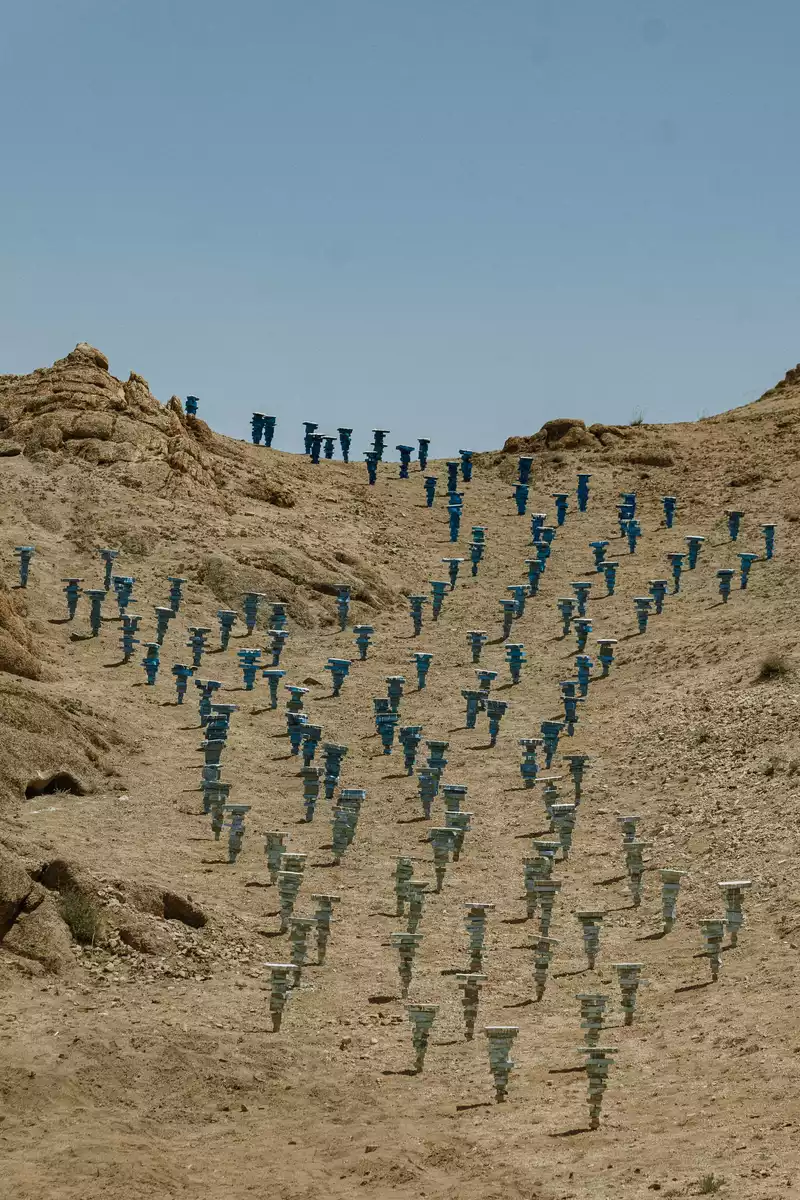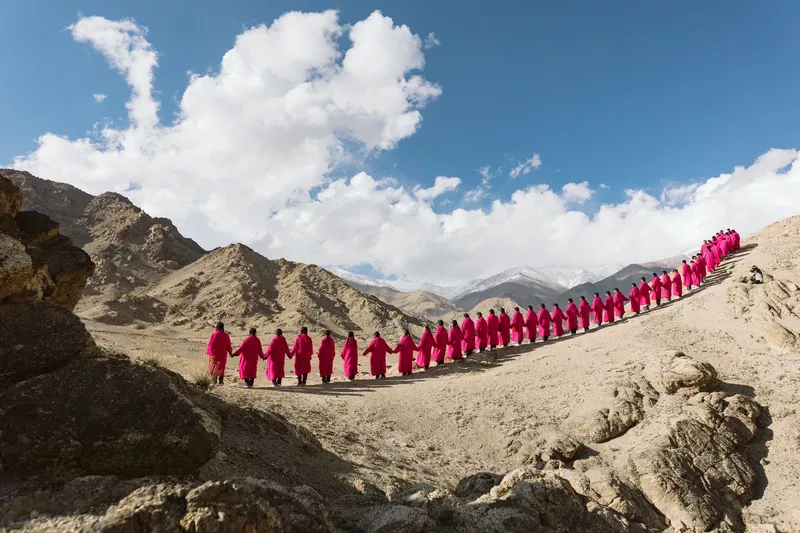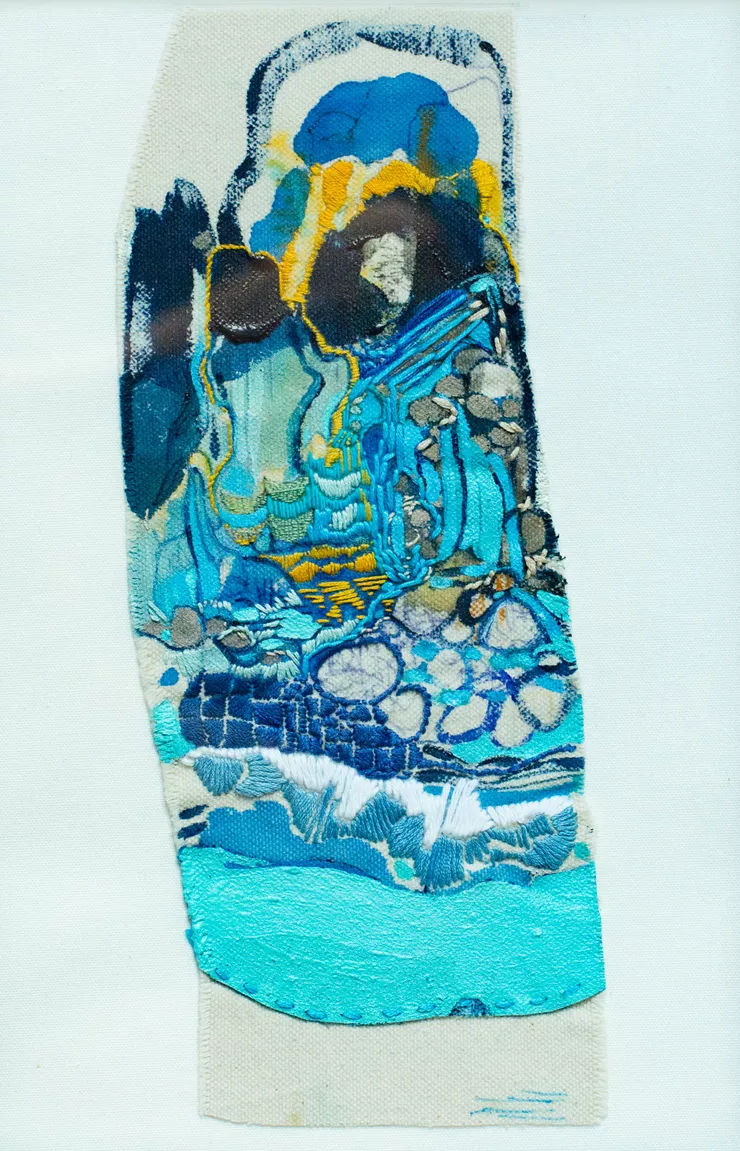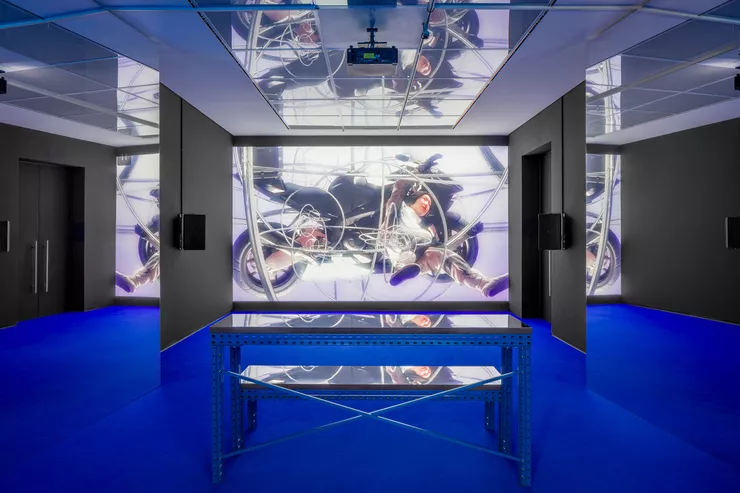Remote and fascinating mountains characterize the Ladakh region in northern India, where the small town of Leh is located. At an altitude of 3,500 m, it is one of the highest cities in the world. From June 1, the Disko Valley Bike Park near Leh will be the venue for an innovative art exhibition for the second time: sā Ladakh – Edition 2 is dedicated to contemporary land art and is the most elevated exhibition of its kind in South Asia. sā means soil in the Ladakhi language.
More on the subject Features
Düsseldorf: Exhibition »beein-DRUCKT« with Chris Wehrmann
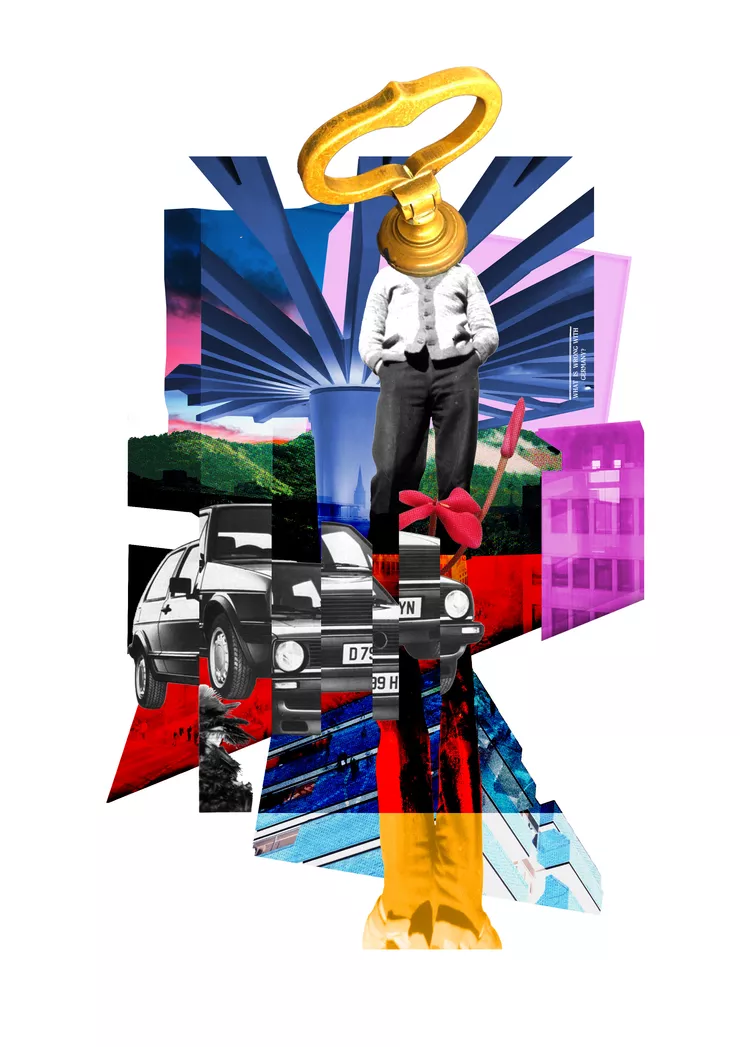
Irony and beauty in Chris Wehrmann's collages
March 20, 2025
Until March 30, digital collages by Chris Wehrmann can be seen in the exhibition beein-DRUCKT at the BBK Kunstforum Düsseldorf. The show, curated by Layla Reg and Kristine Tusiashvili, presents printmaking works under the theme »The world is beautiful«.
Fedele Friede at the Hamburger Kunsthalle

Exhibition for the Horst Janssen Graphics Prize
March 27, 2025
Fedele Friede is the eighth winner of the Horst Janssen Graphics Prize of the Claus Hüppe Foundation. The prize is accompanied by an exhibition that opens on March 28: The Hamburger Kunsthalle is showing der saum löst sich (the hem comes loose).
Dive deeper into the art world
Tabor Castle near Neuhaus am Klausenbach
Exhibition »Flowerpower« with Katharina Moser
Hamburger Kunsthalle: Double exhibition »Edi Hila | Thea Djordjaze«



